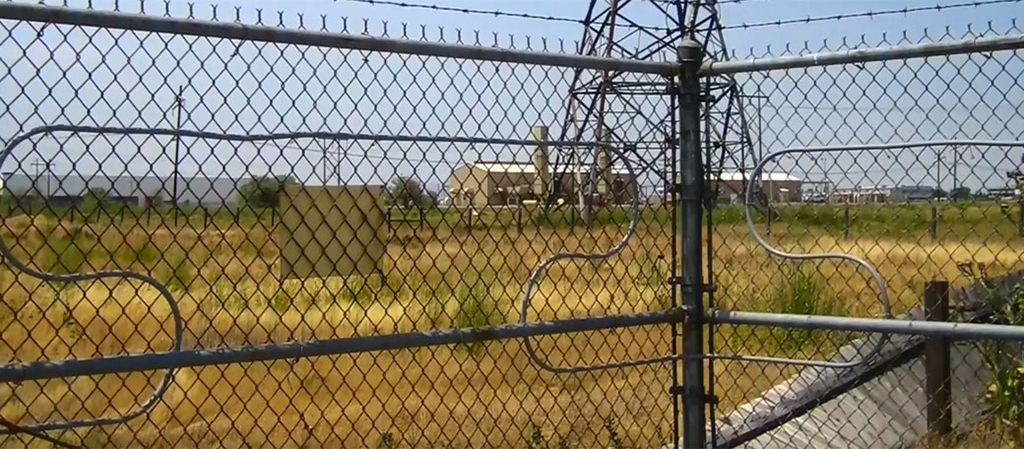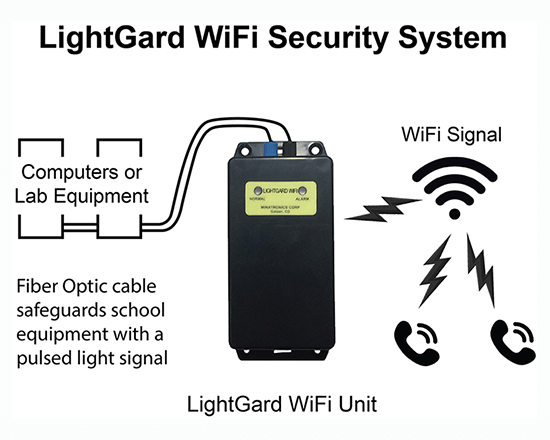Improve Your Security With Advanced Fiber Optic Security Solutions
In an age where safety is vital, sophisticated fiber optic security systems present a compelling option for enhancing safety across various settings. What effects do these advancements hold for future security actions?
Benefits of Fiber Optic Safety And Security
Harnessing the benefits of fiber optic technology significantly enhances protection systems throughout numerous applications. Among the main advantages is the increased bandwidth ability, permitting the transmission of huge amounts of data at broadband. This is particularly vital for real-time video clip surveillance, where high-resolution feeds can be sent out without latency, making certain instant reaction capacities.
Furthermore, fiber optics show remarkable resistance to electro-magnetic interference, which is essential in atmospheres with possible signal disturbances. This dependability guarantees consistent performance in important safety and security procedures. Fiber optic wires are much less vulnerable to tapping and unauthorized access compared to traditional copper electrical wiring, consequently improving information stability and privacy.
An additional remarkable advantage is the resilience of fiber optic systems; they are much more resistant to environmental elements such as dampness, temperature changes, and destructive substances. This resilience translates to reduce maintenance expenses and longer life-spans for safety and security installments.
Lastly, the lightweight nature of fiber optic cords assists in easier installation and directing, specifically in complicated frameworks (fiber optic security system). Ultimately, the combination of fiber optic innovation right into security systems not just reinforces defense steps yet likewise maximizes functional performance
Key Functions to Take Into Consideration
When evaluating fiber optic safety and security systems, several essential functions should be taken into consideration to make certain optimal performance and performance. Examine the system's detection array and sensitivity; a considerable array enables for checking large locations, while high level of sensitivity makes sure that even minor disruptions are identified quickly.
Following, think about the integration capacities of the system. A fiber optic safety system must effortlessly interface with existing safety actions such as cams and alarms, developing a natural protection network.
Longevity and ecological resistance are also essential functions. Ensure that the system is made to endure severe weather problems and prospective physical hazards, as this will lengthen its operational life-span.

Finally, check into the scalability of the system. A durable fiber optic safety and security system ought to be easily expanding to accommodate future demands without considerable overhauls. By carefully taking into consideration these functions, you can pick a fiber optic security remedy that improves safety and safety in your atmosphere.
Installation Process Overview
To effectively carry out a fiber optic safety system, a systematic installment process is crucial. This procedure starts with a comprehensive site assessment to determine the particular protection needs and to determine ideal places for fiber optic wires and safety devices. Following this evaluation, the setup group will certainly create a detailed strategy, consisting of wire paths, essential tools, and conformity with neighborhood laws.
Following, the setup entails laying the fiber optic cables, guaranteeing they are safeguarded from ecological elements and physical damages. Appropriate handling techniques are crucial, as fiber optic cables are delicate and can be conveniently damaged. After the cabling is mounted, adapters and terminations are thoroughly completed to ensure signal stability.
The subsequent stage consists of installing security tools such as electronic cameras, activity detectors, and security system, all integrated with the fiber optic network. Strenuous testing is performed to confirm that all components are operating correctly and to ensure ideal efficiency.

Comparing Fiber Optic to Typical Solutions
The development of protection innovation has resulted in considerable developments in the contrast in between fiber optic systems and typical copper-based systems. Fiber optic systems use light to send information, offering remarkable bandwidth and speed compared to their copper equivalents. This leads to enhanced data transmission abilities, making fiber optics suitable for high-resolution video clip monitoring and real-time surveillance.
Additionally, fiber optic cable televisions are resistant to electro-magnetic disturbance, reducing the likelihood of signal deterioration brought on by exterior aspects. This particular makes sure regular efficiency, also in challenging settings. In comparison, traditional copper systems are a lot more at risk to disturbance, bring about potential vulnerabilities in safety and security applications.
Sturdiness is an additional benefit of fiber optic systems. They are less vulnerable to harm from ecological aspects such as moisture and temperature changes, which site can endanger copper electrical wiring. Fiber optics are lighter and thinner, permitting for simpler setup and decreased physical impact.
However, conventional systems have a tendency to have reduced preliminary expenses, making them appealing for budget-conscious projects. While fiber optic systems might need a higher ahead of time investment, their long-term benefits-- such as lower upkeep expenses and greater reliability-- commonly surpass the first expense, placing them as a remarkable option for modern protection requirements.
Future Patterns in Security Modern Technology
Arising patterns in safety technology are positioned to transform the landscape of monitoring and danger detection - fiber optic security system. As companies significantly face innovative dangers, innovations such as man-made intelligence (AI) and artificial intelligence (ML) are becoming essential to security systems. These modern technologies improve the capability of fiber optic systems by enabling real-time see this data evaluation, recognizing anomalies, and automating actions to possible breaches
In addition, the assimilation of the Web of Things (IoT) is reinventing safety frameworks. IoT gadgets can give comprehensive situational awareness and help with smooth communication in between different safety parts. This interconnectedness permits for more effective surveillance and faster incident feedback times.
Biometric authentication is also getting momentum, supplying see page a greater degree of safety via unique physical attributes. As this modern technology progresses, it is most likely to be included right into fiber optic systems for improved accessibility control.
Verdict
Finally, advanced fiber optic safety and security systems represent a substantial innovation in safety and security and security modern technology. Their premium bandwidth, resistance to interference, and longevity facilitate trusted surveillance and information integrity. As these systems incorporate AI and IoT abilities, they improve the general security structure, making sure durable protection for assets. The transition from traditional systems to fiber optic remedies reflects a growing fad in the direction of much more efficient and reliable security steps in an increasingly complex technical landscape.